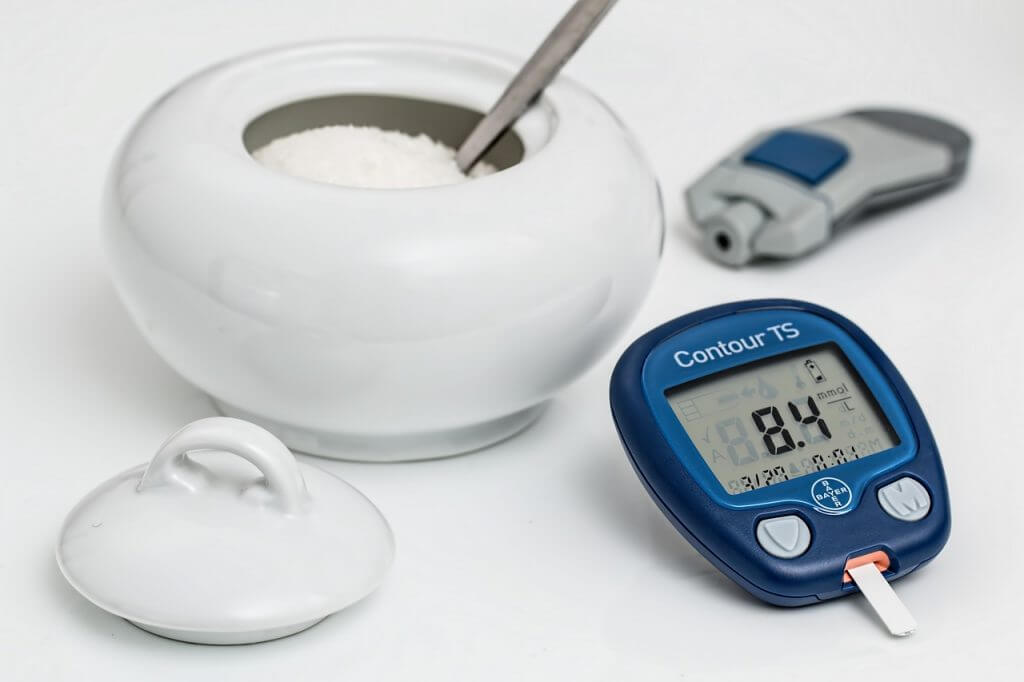
Obtaining the best life insurance for diabetics starts with the facts: underwriters evaluate blood sugar control, health history, and lifestyle. Whether you have Type 1 or Type 2 diabetes, there are options — and the right approach can save you real money. This guide explains what matters, what to expect, and how to get the most competitive offers.
Key Factors Underwriters Look At
- Hemoglobin A1C — the single most important metric. Underwriters prefer A1C < 7.0%. Many competitive carriers decline applicants with A1C > 9.0. Some carriers will consider applicants with A1C up to about 10% only in limited circumstances.
- Age at diagnosis — the older you were when diagnosed, typically the better the underwriting outcome (assuming stable control).
- Weight / BMI — excess weight raises risk and raises premiums. Demonstrable weight loss and fitness activities help your case.
- Complications — neuropathy, retinopathy, nephropathy, amputations, recent diabetic coma, or insulin-related hospitalizations will restrict your options or push you toward guaranteed/graded plans.
- Overall health — blood pressure, cholesterol, smoking status and other conditions all factor in and can offset borderline diabetes metrics.
The Good News
Many people with diabetes do qualify for competitive life insurance rates. If your labs are solid, your BMI reasonable, and you have no serious diabetes complications, we can often place you in a preferred or standard class. Be sure to tell underwriters about healthy habits — exercise, good cholesterol, and well-managed BP improve how underwriters view you.
Options for Diabetics — Which Path Fits You?
There are three common approaches depending on health and coverage needs:
- Full underwritten policies — best pricing but usually require a paramedical exam and bloodwork. Recommended if you want larger coverage and your A1C is well controlled.
- No-exam life insurance — application questions but no nurse exam. Faster, more convenient, but generally higher premiums because the carrier has less health data.
- Guaranteed issue / graded whole life — for applicants declined everywhere else, or those with severe complications. No health questions, but typically higher cost and graded benefits early on.
Guaranteed Acceptance — When It’s Your Only Option
If you are age ~40–80 and can’t qualify medically, guaranteed issue whole life can provide a safety net. These policies often carry a graded benefit period (first 2–3 years limited) but still ensure coverage later. Use this only after other options are exhausted.
To preview pricing across carriers, try our quoting tool: Instant Burial / Life Quote Tools — pick the health class that best matches you to get a ballpark.
Questions about life insurance and diabetes?
Our independent brokers specialize in diabetic cases — we compare dozens of carriers to find the best fit.Request a Personal Quote Call 269-230-3464
No-Exam Policies — When Convenience Matters
No-exam companies let you avoid needles and scheduling a paramed exam; they rely on application answers and sometimes prescription/medical record checks. Expect slightly higher rates, but they’re a solid option if you need fast coverage or refuse testing.
Note: some no-exam offers will request medical records for certain conditions (including diabetes), which can affect final offers.
How to Get the Best Rate
- Keep your A1C as low and stable as possible before application.
- Document improvements — weight loss, exercise, and better cholesterol readings help you qualify for better classes.
- Be honest on the application — omissions trigger problems later.
- Work with an independent broker who shops multiple carriers and understands diabetic underwriting nuances.
Quick Checklist — If You’re Applying
- Recent A1C (last 6–12 months)
- List of medications (insulin type, oral meds)
- Height, weight, and BMI
- Age at diagnosis and any complications
- Recent hospitalizations, ER visits, or diabetes-related procedures
Frequently Asked Questions (FAQ)
Can I get life insurance if I use insulin?
Yes. Insulin use alone is not an automatic decline — underwriters focus on control (A1C), complications, and overall health. Many insulin users qualify for standard rates if their control is good.
What A1C do I need for the best rates?
Competitive carriers often prefer A1C under 7.0%. Above 9.0% you may be declined by the most competitive groups; some carriers will consider applicants up to ~10% depending on other health factors.
Are no-exam policies a bad idea for diabetics?
No — they’re convenient and useful. Expect higher premiums versus full underwriting, but they’re a practical alternative if you need quick coverage or won’t take an exam.
What if I have diabetic complications?
This depends on the type and severity of the complications. Some carriers may still offer coverage with higher premiums, graded benefits, or waiting periods. Working with an independent agent can help you find the best fit.
Takeaway
Diabetes is a common underwriting factor, but it doesn’t eliminate your ability to get good life insurance. Carefully managing your A1C, documenting healthy habits, and working with an independent broker who knows diabetic underwriting will give you the best shot at affordable coverage.
Get a personal assessment: Request a personal quote or call 269-230-3464. Experienced guidance is free and confidential.
Special Risk Life is a veteran independent life insurance agency that specializes in guiding people with even the toughest health conditions thru the life insurance process. We are very passionate about helping people get the financial protection they want while delivering affordable coverage people can absolutely count on.
